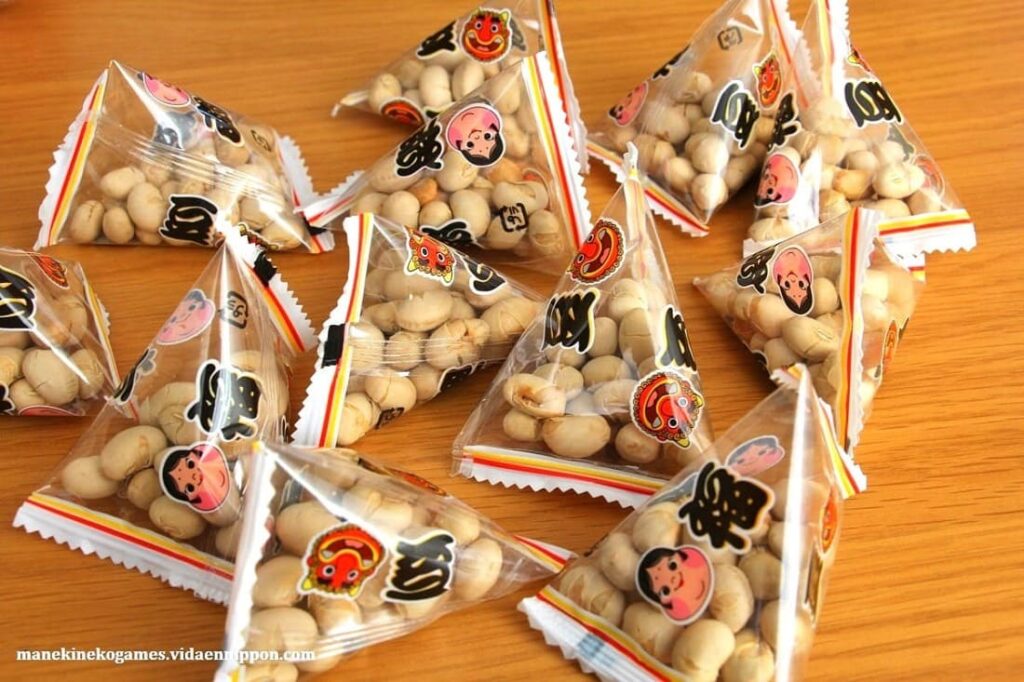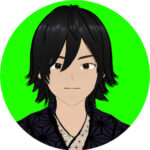Setsubun is a traditional Japanese event marking the transition from winter to spring. Celebrated annually on February 3rd, it involves customs meant to drive away evil spirits and invite good fortune. Whether through the symbolic act of throwing beans or enjoying delicious Ehomaki rolls, Setsubun is a fascinating blend of history, spirituality, and fun for all ages.
Modern-day Setsubun remains deeply rooted in tradition, but it also incorporates creative and playful elements, such as demon and Okame masks, that make it accessible and enjoyable for families and communities. This article explores the origins of Setsubun, its unique customs, and how it connects to Japanese popular culture, including the appearance of oni (demons) in the game Nioh 2.
What is Setsubun?

Setsubun marks the end of winter according to Japan’s lunar calendar and is a time to cleanse away misfortunes from the past year. The word “Setsubun” literally means “seasonal division,” and it was historically celebrated at the start of each season. Over time, it became associated exclusively with the beginning of spring.
The festival is deeply tied to traditional beliefs about spirits and fortune. It reflects a Japanese cultural emphasis on balance and renewal, ensuring harmony as the seasons change.
Setsubun Traditions and Fun Activities
Driving Out Demons with Bean-Throwing

The most iconic Setsubun custom is mamemaki (bean-throwing), accompanied by the chant, “Oni wa soto! 鬼は外! Fuku wa uchi!福は内!” (“Out with demons! In with good fortune!”). Participants throw roasted soybeans to drive away oni (evil spirits) and invite blessings into their homes.
Traditionally, the head of the household or someone born in the zodiac year leads the ritual. In modern times, families often enjoy this event together, with one person dressing as the oni for added fun. Public mamemaki events are also held at shrines, sometimes with celebrities joining in to throw beans for the crowd.

When I was a kid, my father acted as an Oni with a mask.
It was so much fun!

Here’s a picture of soybeans for Setsubun we bought last year.


We throw these beans at Oni while they are still inside their packages for sanitary reasons. After playing, you can open it and eat the beans.
The Tradition of Eating Ehomaki

Eating Ehomaki (lucky direction rolls) is another important Setsubun custom. Its origins date back to the Edo period, when people ate long sushi rolls while silently facing the year’s eho (auspicious direction) to wish for good fortune.
This practice gained popularity nationwide around 1932, thanks to promotional efforts by sushi shops. Today, Ehomaki is a staple of Setsubun celebrations, with endless varieties available at supermarkets and convenience stores. From classic sushi fillings to dessert-style rolls, Ehomaki offers something for everyone.

For Setsubun, my grandmother made a lot of Ehomaki and brought them to us every year.
Masks of Oni and Okame

Oni (demons) and Okame (a cheerful female figure) masks are symbolic in Setsubun celebrations. The oni mask represents the misfortunes and negative energy that people seek to drive away. In contrast, the Okame mask symbolizes happiness and good luck, creating a balance between the two elements.
Using these masks during mamemaki not only adds a festive atmosphere but also enhances the storytelling aspect of the event, making it especially enjoyable for children.
If you want to know about Okame more, please read the article below.
Oni in Popular Culture: Nioh 2

Japanese folklore has long depicted oni as fearsome creatures. This imagery is brought to life in the action role-playing game Nioh 2. The game features various types of oni, such as Enki (Monkey Oni), Gozuki (Ox Oni), and Mezuki (Horse-headed Oni), each with distinct designs and abilities inspired by traditional myths.
Playing Nioh 2 offers an immersive way to explore Japan’s folklore and appreciate the cultural significance of oni. Setsubun’s bean-throwing tradition parallels the game’s focus on defeating demons to restore balance and peace.
Cute Setsubun ornaments you can buy online
If you want to get some Setsubun ornaments, I recommend you an online store, Rakuten Ichiba.
Rakuten Ichiba has global express service and you can enjoy shopping from anywhere.

How about decorating a cute ornament at the entrance?
Setsubun Q&A

- QCan tourists participate in Setsubun events in Japan?
- A
Yes! Many shrines and temples host public mamemaki ceremonies where visitors can join in the fun.
- QWhere can I buy Ehomaki during Setsubun?
- A
Supermarkets, convenience stores, and sushi restaurants across Japan sell Ehomaki leading up to February 3rd.
- QWhat’s the significance of the eho direction?
- A
The eho direction is determined by traditional astrology and changes annually. Facing this direction is believed to bring good luck.
Conclusion
Setsubun is a unique blend of history, spirituality, and fun. Whether you’re throwing beans, enjoying a tasty Ehomaki, or exploring oni lore through games like Nioh 2, this vibrant tradition offers something for everyone.
If you’re in Japan during February, don’t miss the chance to participate in Setsubun celebrations. It’s an unforgettable way to experience Japanese culture and invite good fortune into your life!

If you are interested in Japanese culture, you may love these games!
Let’s play!

Yes! Let’s play NIOH games!









Comments